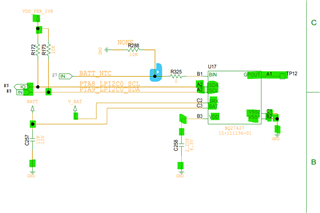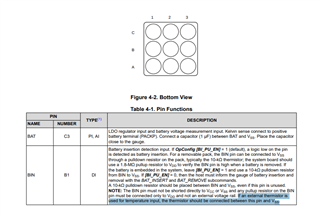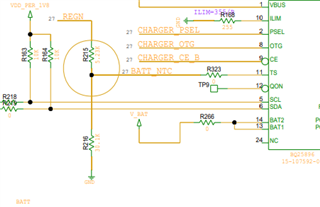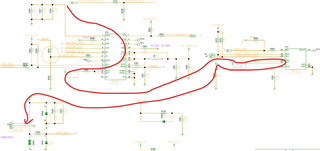Other Parts Discussed in Thread: BQSTUDIO
Tool/software:
Hi team,
Please help to review BQ27427 schematics design, and engineers also attached a question list, please help to check those questions.
Any comments on schematic can be consolidated into that file as well.
Thanks for your support.
TI schematic review notes.xlsx9821-TI-review.pdf
BR,
Comi






